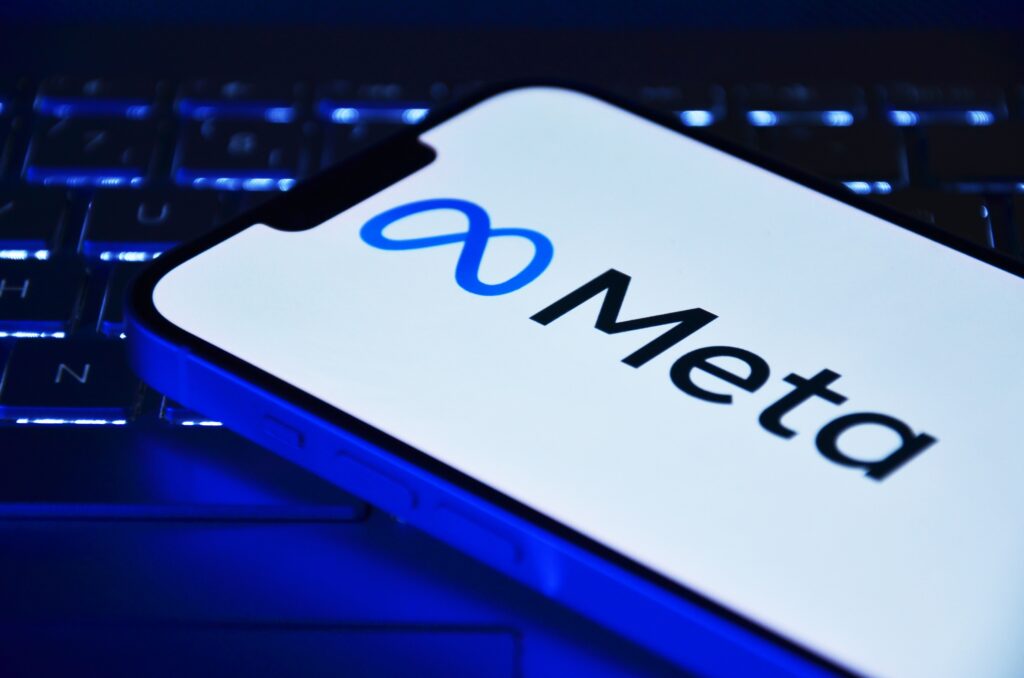Meta, the company behind Facebook, Instagram, and WhatsApp, is expanding beyond social media. It has announced plans to build the world’s longest underwater cable, called Project Waterworth. This 50,000 km (31,000 miles) sub-sea cable will connect the United States, India, South Africa, Brazil, and other parts of the world. When completed, it will be the longest underwater cable ever made.
This new cable will help Meta improve internet speed and support its growing AI efforts. The company says the cable will offer “industry-leading connectivity” across five continents. Meta aims to boost economic cooperation and create more opportunities for tech progress. This project will change the way people around the world connect to the internet.
A Big Step for Meta’s Digital Expansion
Meta is not only focused on social media anymore. The company is expanding into artificial intelligence (AI) and the infrastructure needed to support these technologies. Project Waterworth will use a 24-fiber-pair system. This means it can carry more data faster than ever before. Meta says it will allow high-speed data transfer at a huge scale. This new cable will support Meta’s future AI-driven platforms and services.
“We want to make the world more connected and open up new opportunities for digital growth,” Meta wrote in its blog. This project is part of Meta’s larger plan to create the technology needed for tomorrow’s internet.
Why Sub-Sea Cables Matter
Sub-sea cables are the backbone of the global internet. They carry over 95% of global data traffic. These cables are hidden beneath the oceans, but they play a huge role in connecting people and businesses worldwide. There are over 600 sub-sea cables in operation today, with more being built each year.
One of the most famous projects is the 2Africa cable. This 45,000 km cable will connect Africa, Europe, and the Middle East. It is backed by Meta and other telecom companies like Orange, Vodafone, and China Mobile. With so many new cables being built, it’s clear that the world’s digital networks are growing fast.
Tech Giants Take Charge of Connectivity
Over the past decade, large tech companies have taken over the job of building these cables. In the past, telecom companies paid for and managed most of the world’s sub-sea cables. But now, tech companies like Meta, Google, and Amazon have the financial power to handle these huge projects on their own.
For example, Google has announced plans to build the first sub-sea cable connecting Africa to Australia. The company is also investing $1 billion to improve internet connections to Japan with two new cables across the Pacific Ocean.
Professor Vili Lehdonvirta from the Oxford Internet Institute points out that this shift shows how powerful these companies have become. “Tech companies now have the money to control these projects,” he said. “They have a huge influence on the global internet.”
Meta’s Strategy to Control Connectivity
Paolo Pescatore, a telecom analyst, says Project Waterworth is part of Meta’s plan to control more of the world’s digital infrastructure. “Meta wants to control how people connect to the internet,” Pescatore said. “This cable is just one part of their strategy to combine hardware, software, platforms, and networks.”
Meta is not only building this cable to improve its own services but also to help shape the future of the internet. By controlling more of the infrastructure, Meta can offer better and faster services to its users.
Security Concerns and Solutions
As more data flows through sub-sea cables, there are concerns about security. Damaged or cut cables can cause huge disruptions. In recent years, some cables have been deliberately damaged or broken by accidents. This has led to fears about the safety of these cables, especially in times of geopolitical tension.
In response, NATO launched a mission in January to monitor ships in the Baltic Sea. This followed damage to cables in the area last year. The UK government has also raised concerns about the risks of attacks on cables, particularly from countries like Russia and China.
Meta has responded by taking extra security measures. The company plans to lay its cables as deep as 7,000 meters and bury them in areas with high risk. This will help protect the cables from ship anchors and other dangers. Meta also designed its cable routes to avoid sensitive regions like the South China Sea and the Suez Canal. Instead, the cables will link the United States with key markets in the Southern Hemisphere.
The Bigger Picture: Why This Matters
Project Waterworth is not just about Meta’s expansion. It’s a signal that tech companies are now leading the way in global digital infrastructure. As new technologies like AI become more important, the demand for faster, more reliable internet grows.
Meta’s project could inspire other companies to invest in similar infrastructure. It’s clear that the future of global connectivity is in the hands of big tech companies. As these companies take more control, the internet will continue to change, bringing new opportunities and challenges.
Meta’s cable project is just the beginning. As the world becomes more dependent on digital connections, the race to build faster and more secure networks will only intensify.
For more on the future of digital infrastructure, visit Financial Mirror.
